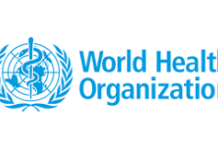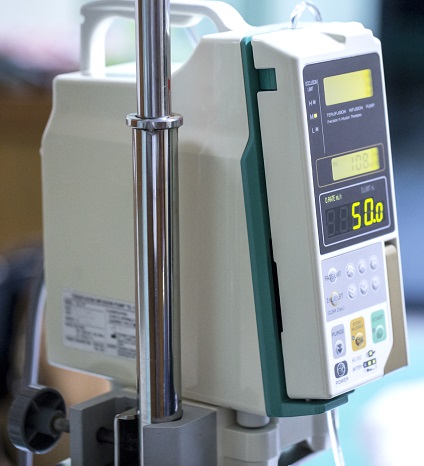The World Health Organization (WHO) reported that the number of antibacterial agents in clinical development worldwide increased from 80 in 2021 to 97 in 2023. Despite this growth, there remains a significant need for new, innovative agents to combat serious infections and replace those losing efficacy due to widespread use.
According to the report on global antibacterial agents in clinical and preclinical development, India hosts 4% of these research facilities. In comparison, among upper middle-income countries, China, Russia, and South Africa contribute 7%, 3%, and 2%, respectively.
The majority, 84%, of these agents are developed in high-income countries. This annual report, first issued in 2017, assesses whether the current R&D pipeline adequately addresses infections caused by drug-resistant bacteria that pose the greatest threat to human health. The objective is to guide antibacterial R&D to better address the growing challenge of antimicrobial resistance (AMR).
AMR occurs when bacteria, viruses, fungi, and parasites no longer respond to medications, leading to more severe illnesses, increased spread of infections, and higher mortality rates. This resistance is primarily driven by the misuse and overuse of antimicrobial agents. Conversely, many people around the world lack access to essential antimicrobial medicines.
Dr. Yukiko Nakatani, WHO’s Assistant Director-General for AMR, stated, “Antimicrobial resistance is worsening, yet we’re not developing new innovative products quickly enough to combat the most dangerous and deadly bacteria. Innovation is critically lacking, and even when new products are authorized, ensuring access remains a significant challenge. Antibacterial agents are not reaching the patients who desperately need them in all income levels.”
The WHO highlighted that there are too few antibacterial medicines in development, considering the time required for R&D and the high likelihood of failure. Furthermore, there is insufficient innovation. Of the 32 antibiotics under development targeting bacterial priority pathogen list (BPPL) infections, only 12 are considered innovative, and just four of these are effective against at least one critical pathogen.
There are also significant gaps in the pipeline, particularly in products for children, oral formulations for outpatients, and agents to combat rising drug resistance. Since July 1, 2017, 13 new antibiotics have received marketing authorization, but only two represent a new chemical class and can be deemed innovative, underscoring the scientific and technical challenges in discovering novel antibacterial agents that are both effective and safe.
The preclinical pipeline, however, remains active and innovative, with a stable number of candidates over the past four years, focusing mainly on gram-negative pathogens resistant to last-resort antibiotics. Gram-negative bacteria have intrinsic mechanisms to develop resistance and can transfer genetic material to other bacteria, making them drug-resistant as well.
As reported by hindustanties.com, the report emphasizes the need for greater transparency in the pipeline to facilitate collaboration on potentially innovative but challenging projects, assist scientists and drug developers, and attract more interest and funding for developing novel antibacterial agents. Additionally, efforts to develop new antibacterial agents must be accompanied by initiatives to ensure equitable access, particularly in low- and middle-income countries.
























